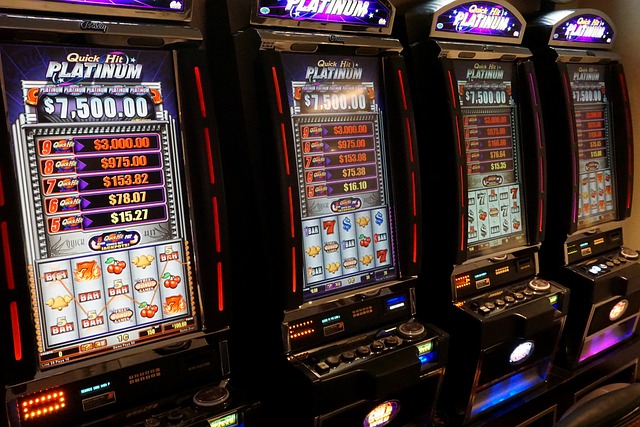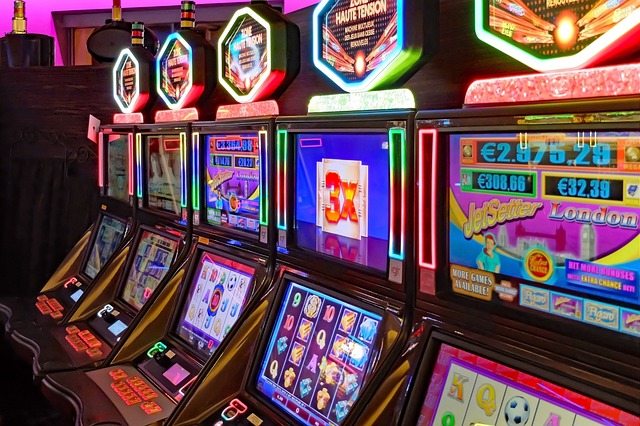When playing slot games, it’s easy to focus on flashy visuals, bonus rounds, and the promise of big jackpots. But there’s a hidden metric that quietly shapes your experience: RTP. Return to Player, or RTP, tells you how much a game pays back to players over time. It may seem like a small technical detail, but understanding RTP can significantly improve your approach to slots. This single number reveals the game’s payout potential and helps you make smarter choices. Let’s explore what RTP really means, how it works, and why it should be one of the first things you look at before spinning the reels.
What Exactly Is RTP?
RTP stands for Return to Player, expressed as a percentage. It represents the average amount of money a slot returns to players over the long term. For instance, if a game has an RTP of 96%, it theoretically pays back $96 for every $100 wagered. However, this figure plays out over thousands of spins, not individual sessions. That means you could win big or lose fast in the short term—RTP isn’t a guarantee. Still, it gives you an idea of how favorable a game is. The higher the RTP, the better your chances of retaining more of your bankroll during gameplay.
High RTP vs. Low RTP Games

Not all slot games are created equal. Some are designed with higher RTPs, often around 97% or more, while others hover closer to 90%. At first glance, that small difference may not seem crucial, but over time it adds up. A slot with a 97% RTP offers a much better long-term return than one at 91%. High RTP games are generally better for players who want more consistent returns and longer play sessions. Low RTP slots, on the other hand, often rely on massive jackpots or bonus features to compensate for lower base-game payouts. Knowing the RTP helps you pick a slot that matches your playing style.
Volatility and RTP: What’s the Connection?
RTP and volatility are two separate but related concepts in slot gaming. While RTP shows long-term return rates, volatility (also called variance) reflects how frequently and how much a slot pays out. A high volatility slot might have a decent RTP but pay out in rare, high-value bursts. A low volatility slot typically offers smaller, more frequent wins. Understanding both helps you set your expectations. For example, if you’re playing a high RTP, high volatility game, be prepared for dry spells between big wins. Meanwhile, a low volatility game with a solid RTP may provide a smoother, less risky ride.
Why Casinos Still Win Even with High RTP

You might wonder, if some slots return 96% or more, how do casinos stay profitable? The answer is simple: RTP always favors the house, even if only slightly. That 4% margin in a 96% RTP slot is the casino’s edge. Over time, with thousands of spins by thousands of players, that small percentage guarantees profit. But for the player, high RTP games are still your best bet if you want to stretch your money further. The house will always win in the long run—but you can make better choices to improve your short-term outcomes.
How to Use RTP to Your Advantage
The next time you choose a slot, don’t just click on the most colorful theme or biggest jackpot—check the RTP. Most online casinos make this information available in the game’s info section or paytable. Aim for games with RTPs of 96% or higher when possible. Also, consider combining RTP knowledge with bonus opportunities like free spins or deposit matches. This enhances your value even more. While RTP doesn’t guarantee wins, it sets the foundation for smarter play. Making informed decisions based on RTP can stretch your sessions, reduce losses, and make your gambling experience more strategic.
